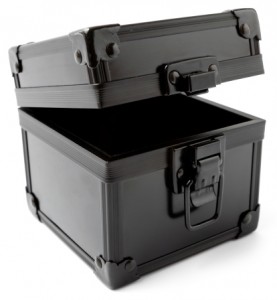Black Boxes: Great for Airplanes, Terrible for Forecasting

We’ve all heard of black boxes on airplanes that track critical flight data. Without discrimination, the black box records everything that is happening in the cockpit and on the aircraft. And in the event of an emergency, it’s up to the accident investigators to decipher the recorded data and put the pieces together to determine a cause.
I just finished reading “Cleaning the Crystal Ball” where the authors discussed the concept of the black box as it relates to forecasting business results. Just like the airplane, many business models have become black boxes that capture information indiscriminately and generate results without providing the users an explanation of the underlying drivers and assumptions. The role of the business leader shifts from captain to accident investigator where he is tasked with making sense of the results, often when it’s too late to make adjustments.
With transparent models, business leaders regain the captain’s seat because they recognize and react to the changing environment as it happens. They become proactive instead of imprudent as their confidence in the model’s results grows. And, they reduce the number of catastrophic decisions that could lead to disastrous business results.
For product costing in process manufacturing industries, a transparent model must provide both detailed data and straightforward logic. With multiple work-in-process points, complex parent-child relationships, expansive bills-of-materials, and large catalogs of finished goods, the user must be able to navigate through and drill into the model to expose the underlying factors that contribute to a particular result. The ability to peel back the layers eliminates the “black box” syndrome because the user can identify how the results came to be. Furthermore, by ensuring that the logic behind the model lines up with the company’s existing business practices, confidence in the model is bolstered and business leaders are less likely to “go with the gut.”
So when you’re building a product cost model, forget the old joke that says “Why don’t they build the airplane out of the same stuff they use to build the black box?” Instead, look for a modeling tool that helps you build a transparent, user-centric solution that makes sense for your business.